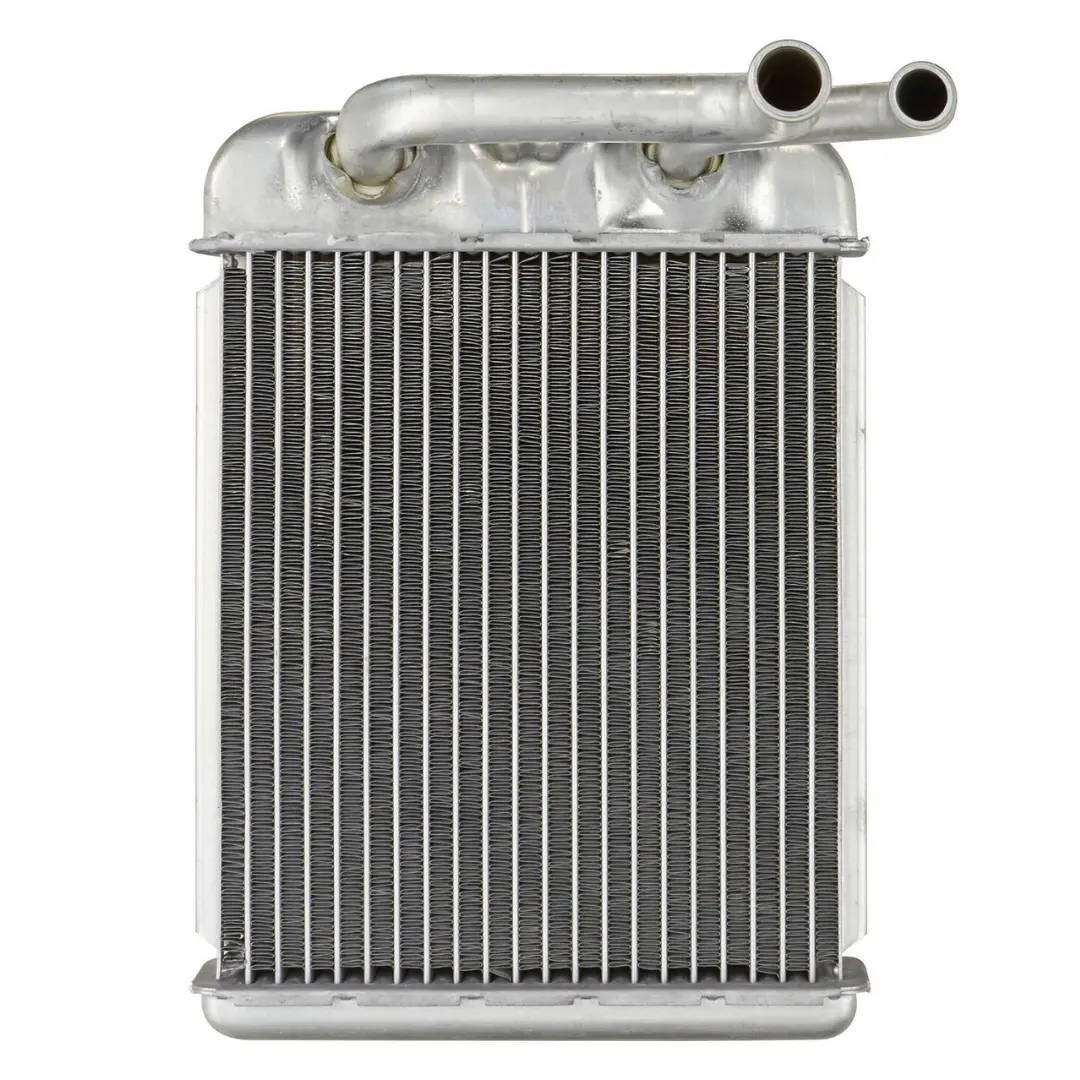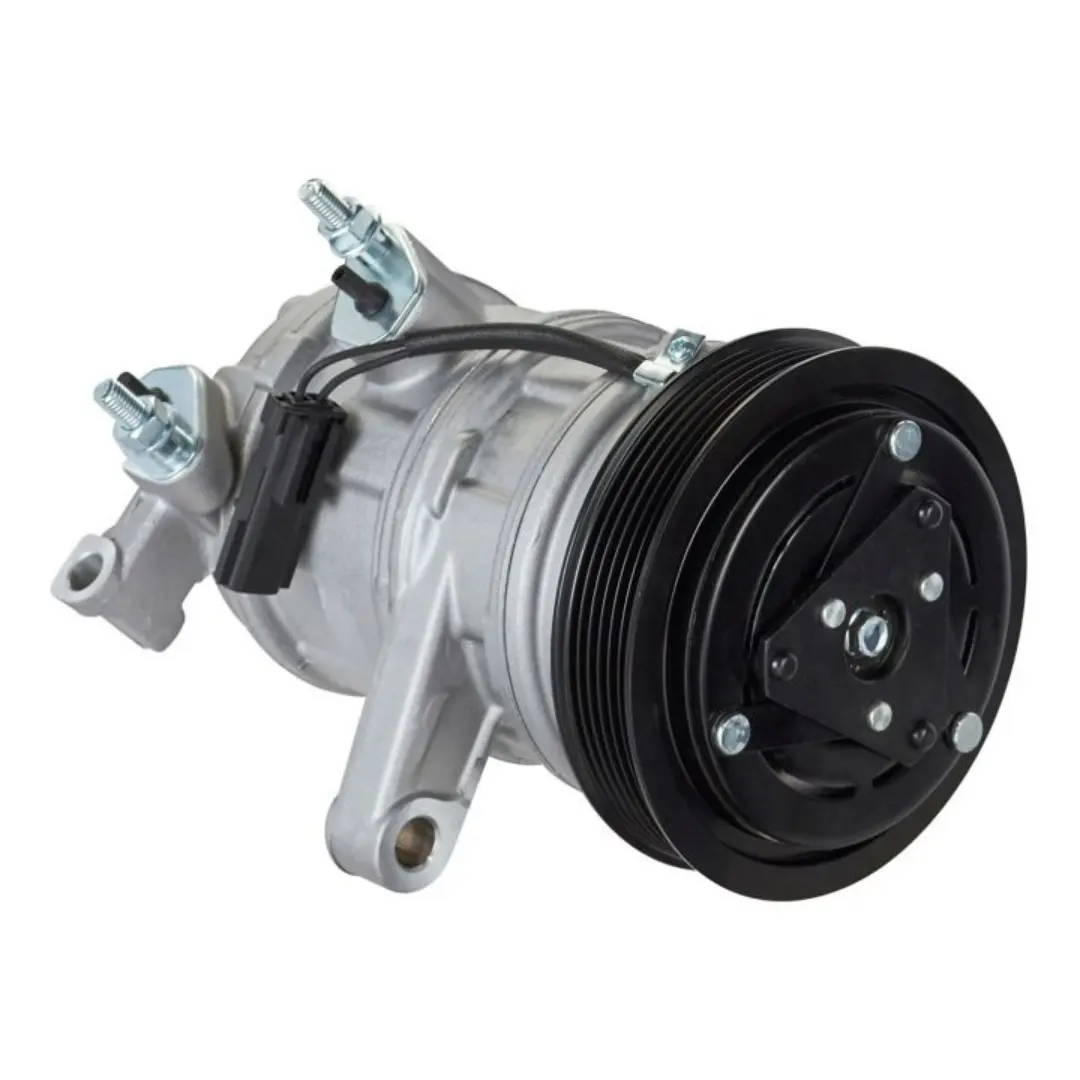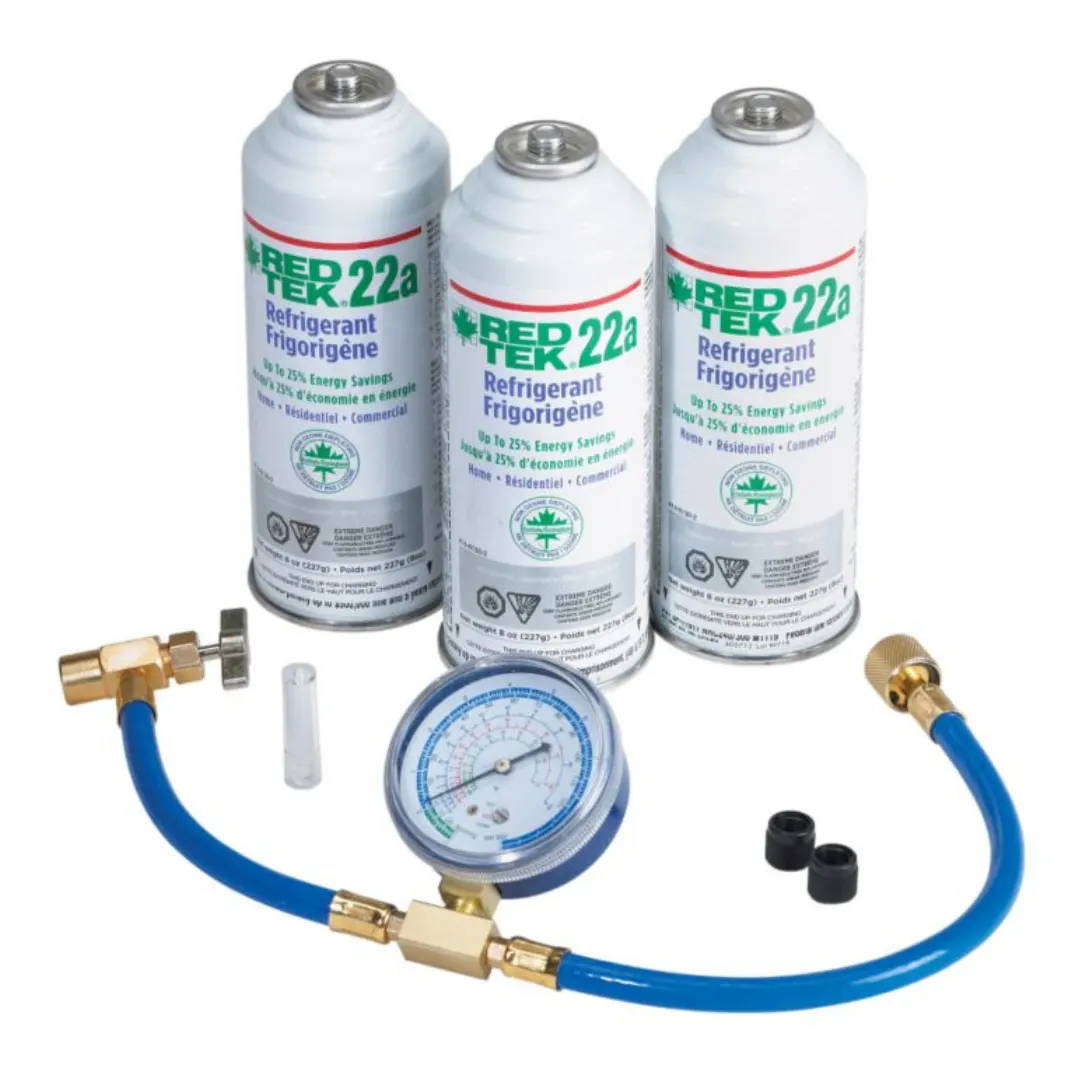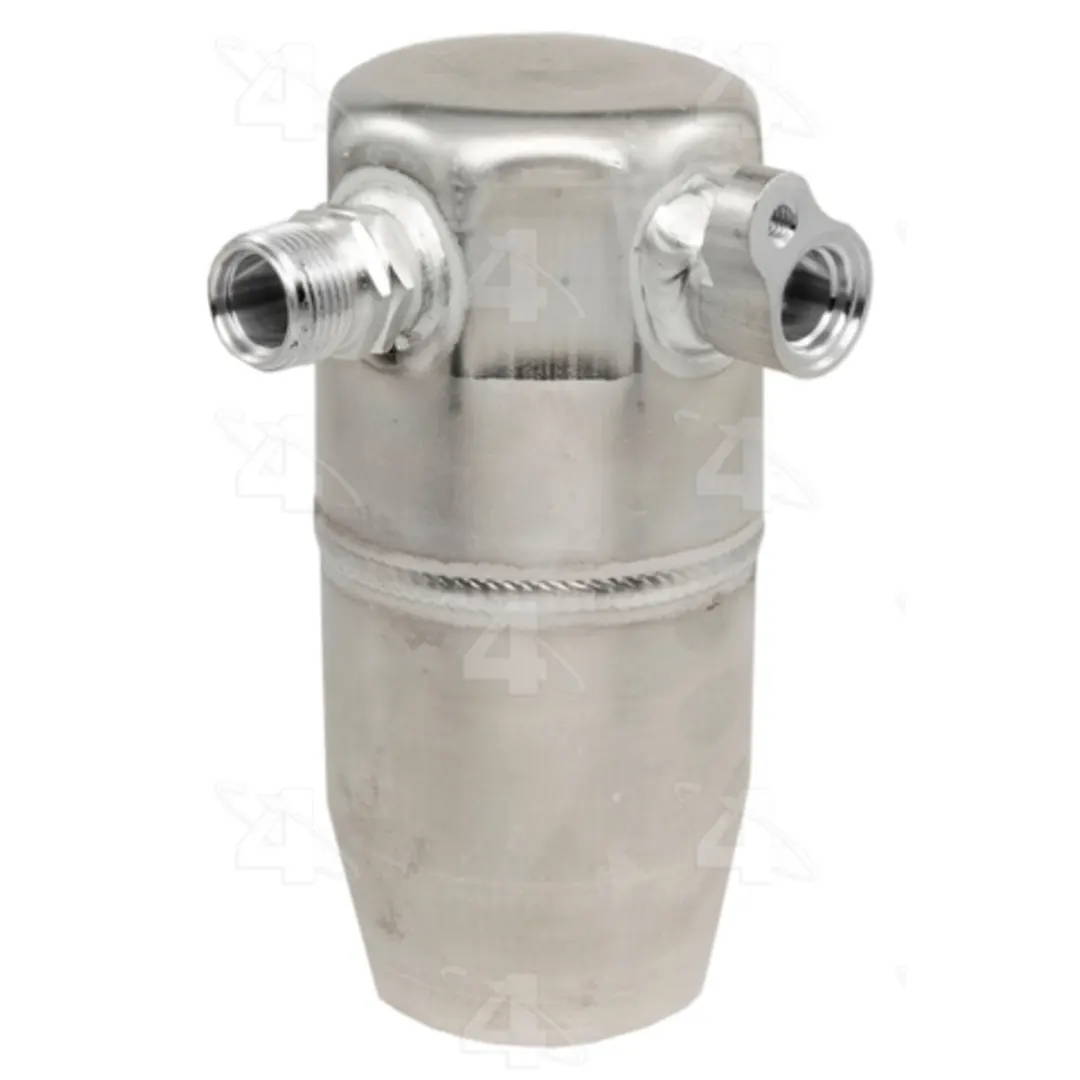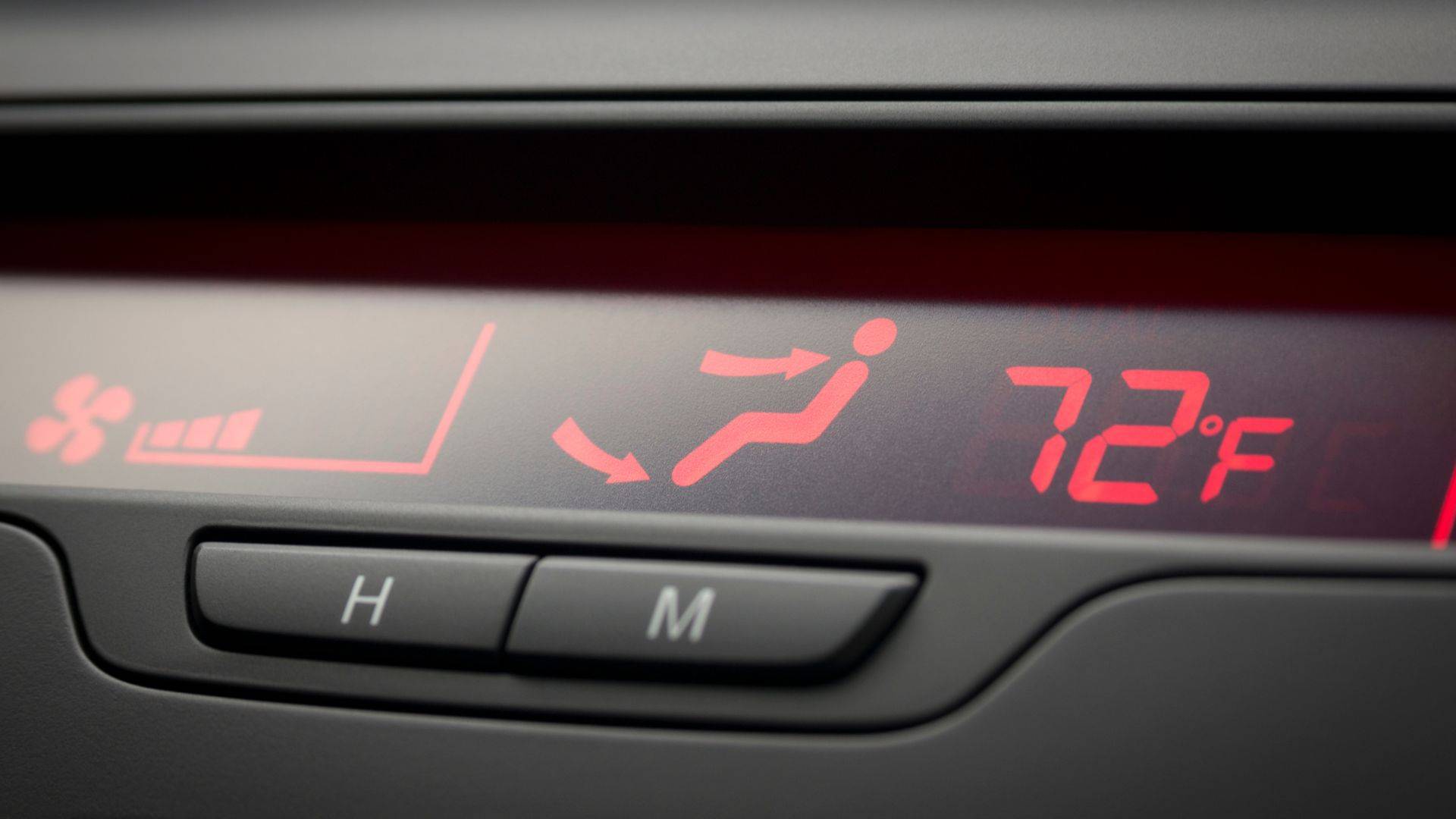
Understanding Your Vehicle's HVAC System and AC Charge
The HVAC (Heating, Ventilation, and Air Conditioning) system in your vehicle plays a crucial role in providing comfort during your journeys. One important aspect of the HVAC system is the AC charge, which ensures optimal cooling performance. In this article, we'll explore the basics of a vehicle's HVAC system, its components, and provide insights into the AC charging process.
Understanding the HVAC System:
The HVAC system in a vehicle is responsible for regulating the temperature, airflow, and humidity inside the cabin. It consists of several key components:
• Compressor: The compressor pressurizes refrigerant gas, transforming it into a high-pressure liquid.
• Condenser: The condenser cools down the high-pressure liquid refrigerant, turning it back into a gas.
• Evaporator: The evaporator absorbs heat from the cabin air, causing the refrigerant to evaporate and cool down the air.
• Expansion Valve: The expansion valve regulates the flow of refrigerant between the high-pressure and low-pressure sides of the system.
AC Charge:
AC charge refers to the level of refrigerant (commonly known as Freon) present in the HVAC system. Over time, refrigerant can leak or become depleted due to various factors, resulting in reduced cooling efficiency. Recharging the AC system involves adding or replenishing refrigerant to restore optimal performance. Here are some key points to consider:
• Signs of Low Refrigerant: If your vehicle's AC is blowing warm air or not cooling as effectively as before, it may indicate low refrigerant levels. Other signs include unusual noises from the compressor or visible oil stains around AC components.
• Professional Inspection: It's recommended to have a certified technician inspect your vehicle's AC system to diagnose any leaks or other issues before attempting an AC recharge.
• Proper Refrigerant Type: Ensure you use the correct type and amount of refrigerant specified by your vehicle manufacturer. Refer to your owner's manual or consult a professional for guidance.
• Safety Precautions: When working with refrigerant, always follow safety guidelines and wear protective gloves and eyewear. Refrigerant can be harmful if it comes into contact with skin or eyes.
• AC Recharge Process: The process typically involves connecting a gauge set to measure pressure levels in the system. If pressure is low, refrigerant can be added using specialized equipment until reaching optimal levels. It's important not to overcharge the system, as this can also cause issues.
Maintenance Tips:
To maintain optimal performance of your vehicle's HVAC system and avoid frequent AC recharges, consider these maintenance tips:
• Regular Inspections: Have your vehicle's AC system inspected annually or as recommended by your vehicle manufacturer to detect any potential issues early on.
• Cabin Air Filter Replacement: Replace the cabin air filter regularly to ensure proper airflow and prevent debris from entering the system.
• Use Your AC System Regularly: Running your AC periodically throughout the year helps maintain proper lubrication of seals and prevents refrigerant leaks caused by inactivity.
Understanding your vehicle's HVAC system and maintaining an appropriate AC charge is essential for comfortable driving conditions. By familiarizing yourself with key components of the HVAC system and recognizing signs of low refrigerant levels, you can address any issues promptly through professional inspection and proper AC recharge procedures.
Remember to prioritize safety when handling refrigerant and consult professionals for expert advice or assistance when necessary. Regular maintenance practices such as inspections and cabin air filter replacements contribute to the efficient operation and longevity of your vehicle's HVAC system.
PartSource has you covered with a variety of HVAC maintenance products. You can find the selection below:
 Loading . . .
Loading . . .


